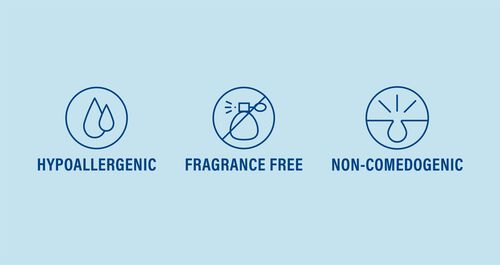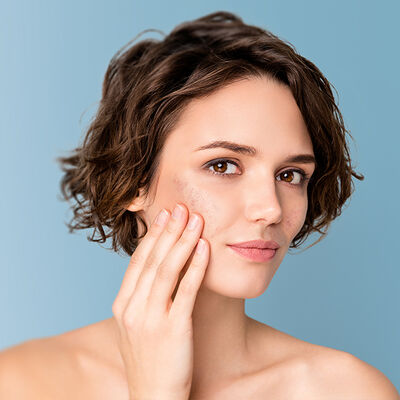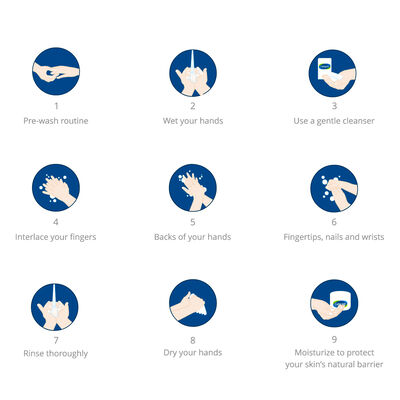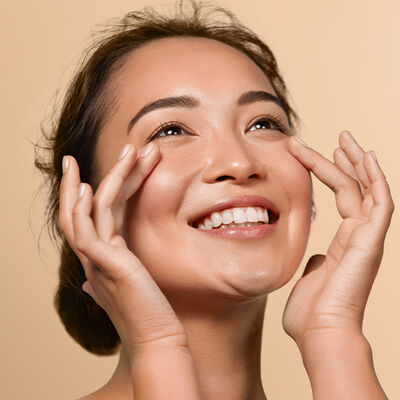
WHAT DO 'NON-COMEDOGENIC', 'HYPOALLERGENIC' AND 'FRAGRANCE-FREE' ACTUALLY MEAN?
.jpeg?sw=500)
If you pay any attention to skincare labels, you might be familiar with the terms ‘non-comedogenic’, ‘hypoallergenic’, and ‘fragrance-free’. After all, dermatologists have been recommending products with these attributes for years. But if you’re just starting a
skincare routine or are still at a loss as to what these terms mean, here’s a quick breakdown:
To understand this term, let’s answer this question first, ‘What is a comedo?’ Comedos (also known as ‘comedones’) are essentially clogged pores. Open comedones are more commonly known as blackheads, while closed comedones are typically referred to as whiteheads.
Non-comedogenic products are usually recommended to people who have oily or acne-prone skin. These products tend to have a lighter texture or less oily ingredients to prevent pores from becoming blocked.
It’s important to know, however, that while non-comedogenic products cater to people with acne problems, it is not a guarantee that your skin will never break out again. While non-comedogenic products aren’t a silver bullet, it’s still a good idea to seek them out, especially if you have a tendency to break out. Treat the non-comedogenic label as a helpful guideline(1).

Here’s another common term found on many cosmetic and sensitive skincare products. A ‘hypoallergenic’ label serves to indicate that certain products have been formulated to be less likely to cause allergic reactions. For example, many hypoallergenic products eliminate common allergens.
The hypoallergenic label can be helpful to people with sensitive skin or who are prone to skin irritation. However, it’s important to know that hypoallergenic doesn’t necessarily mean allergy-proof(2). If you tend to suffer from allergies, it may be a good idea to first test new products on a small patch on your forearm to see if you get an allergic reaction.
People who have a fragrance allergy or an aversion to overpowering scents should be aware of the difference between fragrance-free and unscented products. These terms aren’t interchangeable. According to the U.S. Environmental Protection Agency (EPA), ‘fragrance-free’ simply means no fragrance is added.
‘Unscented’, on the other hand, means a fragrance is mixed in to either cover an unpleasant smell or make it seem devoid of any scent. So, just because a product has no obvious scent, doesn’t mean it’s safe for people who are sensitive to fragrances(3). If you’re one of these people, check the label carefully.
1. http://www.dermletter.com/skin-care-science/non-comedogenic.html
2. https://www.fda.gov/Cosmetics/Labeling/Claims/ucm2005203.htm
3. https://www.epa.gov/sites/production/files/2016-10/documents/saferchoice-factsheet-fragrancefree_0.pdf









.jpg?sw=400)





